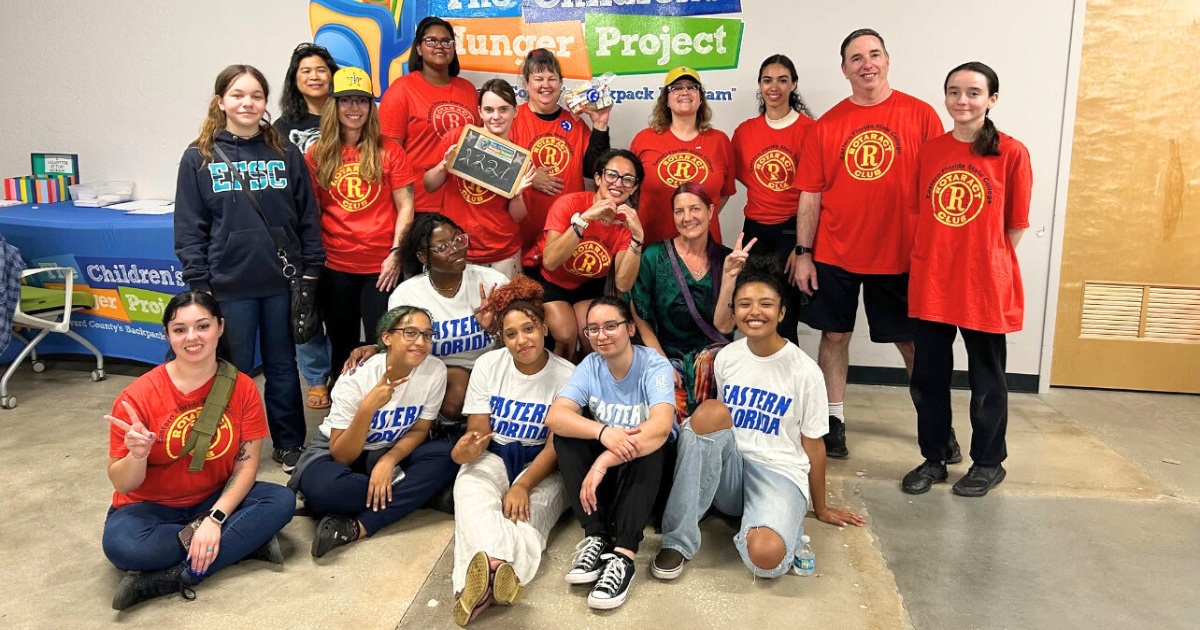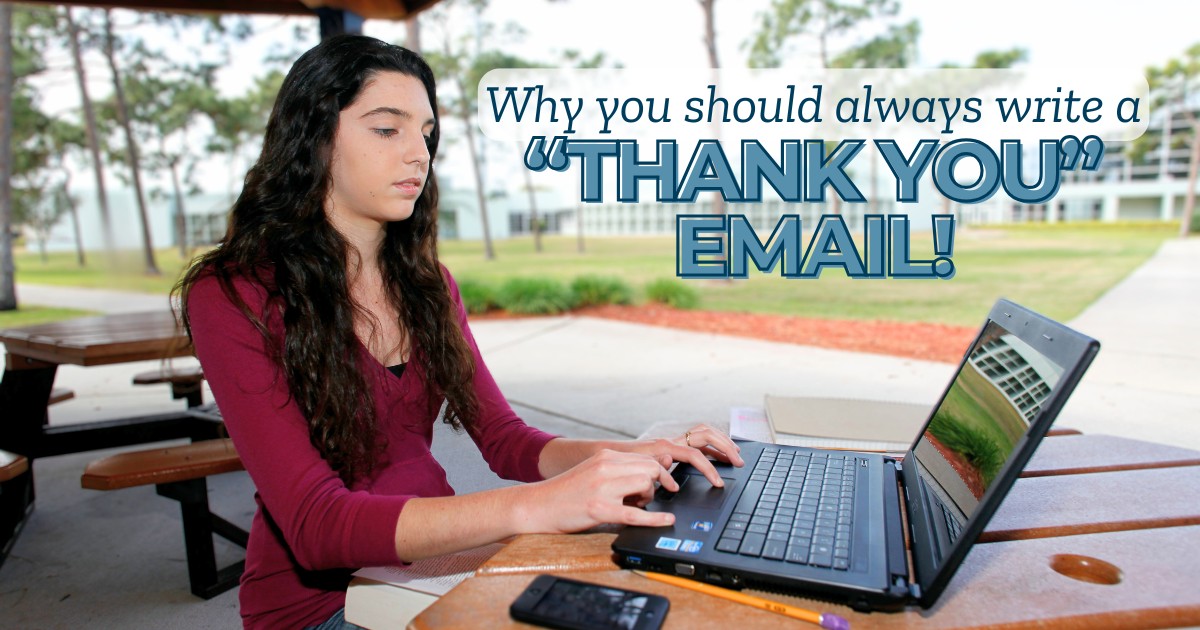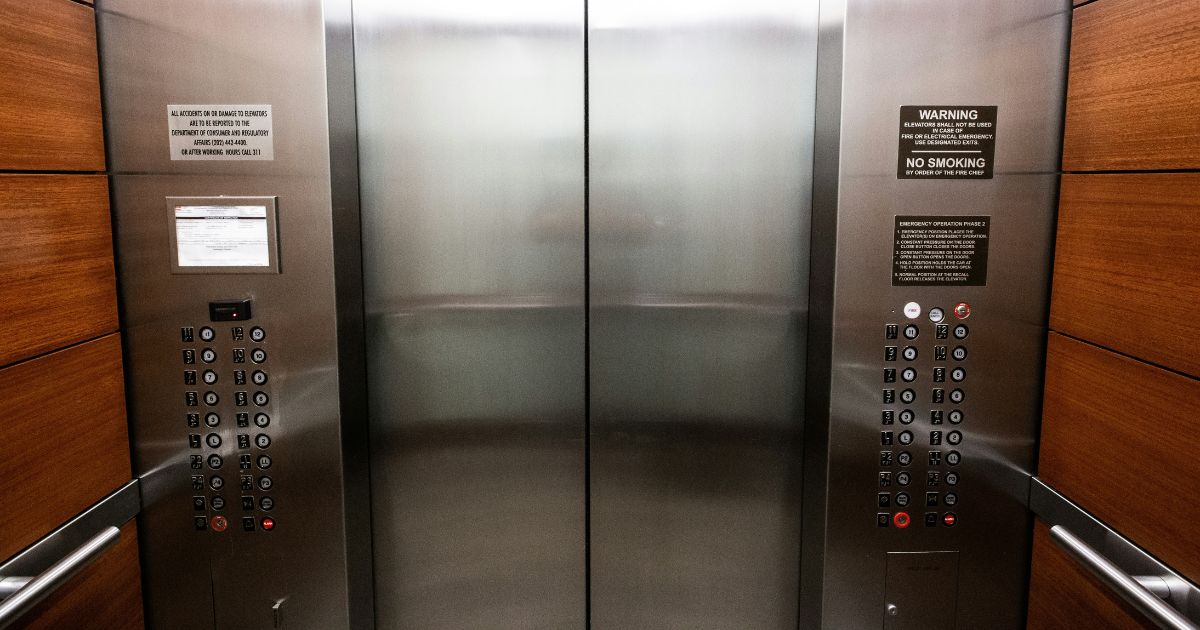Interviews: the big make-it-or-break-it moment of the hiring process. From what you wear to what you say, you’re being put in the spotlight under evaluation by total strangers. Is it any wonder interviews feel so intimidating?
Fortunately, you can take the edge off interview anxiety by staying up-to-date on interview trends and processes. Did you know that there are different types of interviews, each with a unique style and intention? Let’s talk about eight different types and what to expect from each of them.
One-on-One Interview
This is what most people think of first: You sit across the table from one person, who interviews you. During this type of interview, focus on:
- Showing Attentiveness — Use strong “attentive” non-verbal language. Keep your eye contact consistent, as this shows you are genuinely engaged. (Don’t forget to blink normally!) Pay careful attention to what is being said. If you don’t understand a question, ask for clarification, such as a definition, example, or paraphrasing.
- Pacing Yourself — It’s okay to pause in thought. Let the interviewer finish speaking before beginning your response, and be careful not to interrupt (even if you disagree with something being said). If you do accidentally cut in too early, give a brief apology and then encourage the interviewer to continue speaking (“I’m sorry, I didn’t mean to cut in. Please continue.”)
- Building Rapport — In a one-on-one setting, you have the advantage of focusing your attention on a single interviewer. Take this opportunity to build a strong connection. Find out as much as you can about the interviewer beforehand. Knowing their role, background, and interests can help you tailor your responses and questions to align with their perspective. This personalized approach can demonstrate your research skills and enthusiasm for the role and company.
- Emphasizing Your Qualifications — These interviews often allow for a more in-depth exploration of your experiences and qualifications. Be prepared to discuss specific examples from your past work, and elaborate on your skills and achievements. Use the STAR method (Situation, Task, Action, Result) to structure your responses, making them clear and compelling.
Panel Interview
In this interview style, multiple people interview you at the same time. Usually, each panel member takes turns asking questions. In this type of interview, focus on:
- Presenting to the Group — This is your chance to put your group management skills on display. Pretend you’re back in “public speech class” in college and channel your presentation persona while remaining personable.
- Addressing Each Person — As quickly as possible, try to “read” the various personality types of each interviewer and adjust to them. Find a way to connect with each interviewer. Maintain primary eye contact with the panel member who asked the question, but also seek eye contact with other members of the panel as you give your response. This shows inclusivity and respect.
- Demonstrating Collaboration — When responding to questions, emphasize your teamwork skills with clear, concise examples. Panel interviews often include team members you’ll be directly working with and assess how well you can interact with their unique personalities and organizational roles. Address different aspects of your experience that may appeal to various panel members.
- Streamlining Your Answers — Because of the number of interviewers, panel interviews can be more fast-paced and require strong time management to maintain. Take your time when responding to questions, but be as concise as possible. Practice summarizing your key points and work experience stories in advance.
Phone Interview
Usually, this method is used to screen you and other candidates before you come in for the actual interview. In this type of interview, focus on:
- Writing Things Down — Have a notepad and pen (or the Notes app on your phone) handy so you can jot down notes and ask questions at the end of the interview. You’ll likely be given a location, room number, interviewer name, contact information, and date/time related to your interview. Be sure to record it so you don’t forget!
- Ensuring Convenience — If you’re in an inconvenient situation when the interviewer calls (driving on a busy road, in an area with poor reception, etc.), it’s perfectly fine to ask if you can call them back. Just be sure to show courtesy and provide a specific time when you will be returning their call.
- Making Professional Records Accessible — Have your job search records organized and handy. Refer to your resume as needed. You may be asked questions about your previous experience or information on your resume or application.
Video Conference Interview
These interviews are becoming more common, with many employees working from home. This is when an employer interviews you through Skype, Zoom, TEAMs or another live video application. In this type of interview, focus on:
- Practicing Being on Camera — Practice in front of a video camera or mirror if facing a camera during an interview makes you nervous. You can also use EFSC’s Perfect Interview simulator!
- Dressing Professionally from Head to Toe — Be sure you are fully dressed in professional business clothes for this interview, because it’s not uncommon for the interviewer to ask you to stand up and show them what you are wearing. You don’t want to be caught in your pajama bottoms! You’ll also feel more confident and comfortable if you’re “dressing the part.”
- Ensuring No Technical Issues — Check your Wi-Fi connection, microphone, and camera in advance. Download any meeting software needed for the interview ahead of time.
- Setting up the Environment — Position your camera against a blank wall in a well-lit room without disruptions or excessive noise.
For more tips on video interviewing, be sure to read out Splash Blog “10 Tips for Surviving a Virtual Interview.”
Interview Sub-types
Whether you have a one-on-one interview, a panel interview, or a video conference interview, the interview may be further divided into these four sub-types:
Peer Group — A peer group interview is when you are interviewed by your potential coworkers rather than your potential supervisor. The point of this style is to see how you will fit in with the established team. Treat it similarly to a panel interview, using the same strategies and techniques.
Work Sample — In a work sample interview, you’ll be asked to demonstrate your abilities. For example, simulate a customer service issue resolution, identify a virus on a computer, or file books in alphabetical order within a certain time limit.
Stress Interviews — These are rarer. In this type, your interviewer will intentionally try to put you on the defensive to see how you perform under pressure. These are designed to make you uncomfortable. For example, the interview might occur in a hot room or with distracting background noise, or someone on the interview committee might be a plant purposefully designed to ask you aggressive questions. The key is to stay calm and controlled. Take your time in responding.
Luncheon Interview — This is when you meet somewhere and have lunch with your interviewer. Don’t go to the interview starving! The purpose isn’t to eat, but to engage in a dining setting. Pick easy things to eat so you can answer questions and pay attention to the conversation.
Ready to Ace Your Interview?
EFSC has your back! Check out our Perfect Interview simulator for 24/7 virtual practice, visit our Titan2Titan Clothing Closet to assemble your professional interview outfit, reach out to the Career Center for personalized coaching, and watch our on-demand Interview Preparation workshop.
- “I was Destined to Save Lives” – Ary Quinones’ Journey to Nursing - May 7, 2025
- Service-Learning: Celebrating 37 Years of Changing Lives and the World - April 30, 2025
- Alumni Spotlight: Cody B. Monahan - April 23, 2025




